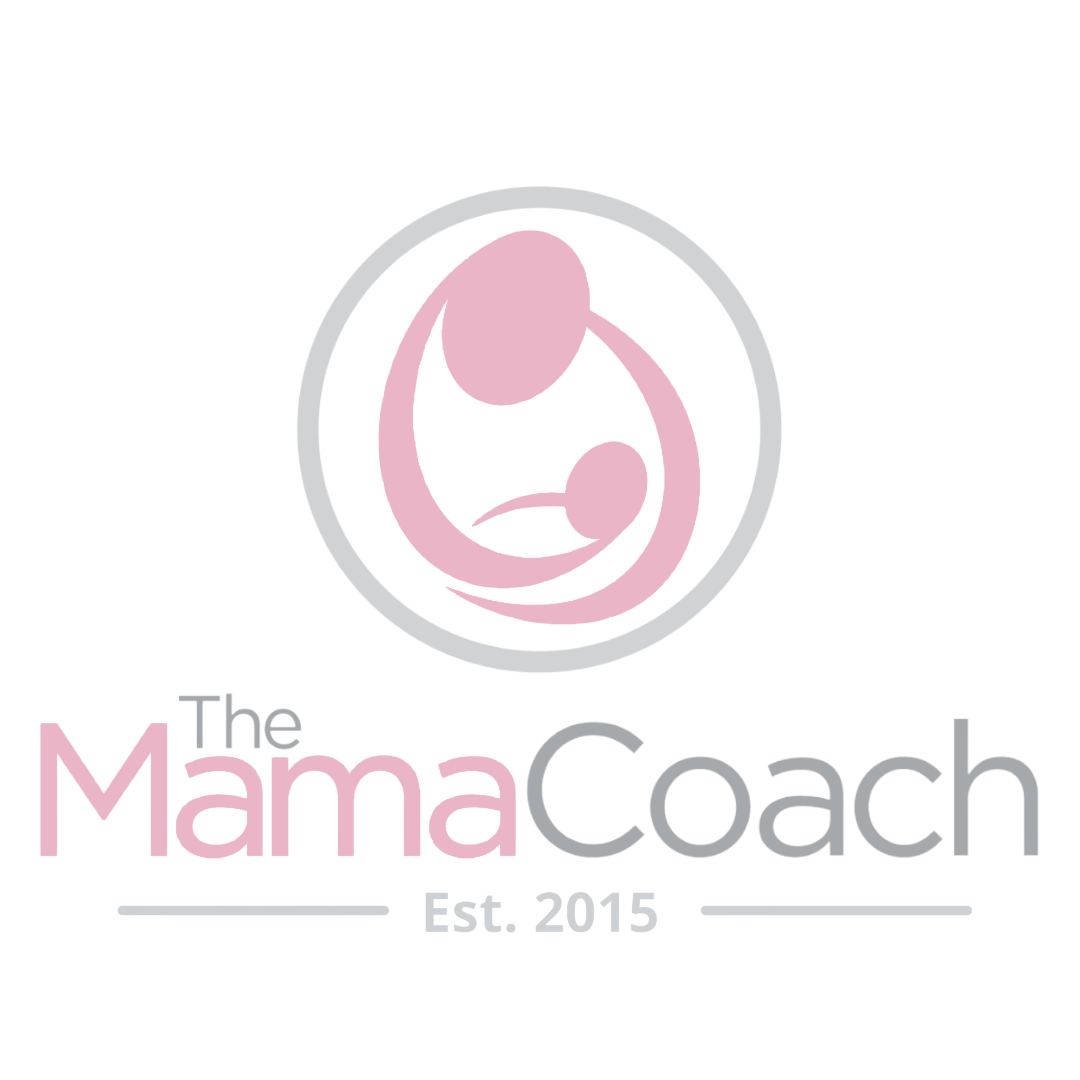Breastfeeding is a journey full of tears and triumphs. It can be an amazing bonding experience for you and your babe but it is also hard work. There are so many ways to nourish your sweet little one and that choice must be made by you and only you mama. You should never feel guilty as a result of the choices you make to feed your babe.
You can exclusively breastfeed, pump and bottle, supplement with formula, or exclusively formula feed your baby, and none of those choices have any influence or bearing on your success as a parent. The ability for your sweet little one to take a bottle can be huge. Having the freedom to leave the house, the option for your partner to participate in feeds and the comfort in knowing if an emergency ever came up your babe would still be getting what they need.
Some mamas chose to build a freezer stash of expressed breastmilk (EBM) to be used when they cannot breastfeed for any particular reason. Mamas may start building their stash in preparation for returning to work or for a simple mom’s night out.
The thought of building a freezer stash can sometimes feel overwhelming. It can definitely be a time-consuming task, but to help you avoid getting lost on the information highway this article will lay out some of the best, most effective ways to build your freezer stash in the least amount of time.
Let’s Start With the Basics
Our milk production runs on a feedback system. Meaning the more we (properly and effectively) empty those milk sinuses the more milk our body produces. In the first 4-6 weeks I always suggest allowing your babe to influence this system. The reason for this is if we immediately start pumping at 4 days postpartum or implement a regimented and rigorous pumping schedule, we can do more harm than good by creating an oversupply. Oversupply can make feeds challenging for both you and your baby! This is not the case if you plan to exclusively pump. In that situation, you pump to mimic the baby emptying the breasts
It is important to remember that if you skip a breastfeeding session (baby takes a bottle) we need to mimic that feed and empty the breast so our body is stimulated to produce milk. When your feeding your baby you may notice your let down (sometimes presents with a pins and needles sensation), especially when your milk has come in. When your baby is feeding from one side your letdown often still occurs on the opposite breast!
This is great because using a product like a Haakaa Pump (honestly more of a collection device than a pump) can sometimes catch an ounce or two and all you have to do is suction the pump to your breast! When building a stash remember that every ounce counts and it is completely normal to only pump around 3-4 ounces/pumping session. Moms who exclusively breastfeed may only pump for ½ ounce-2 ounces/session. It can definitely take some time to build up a large stash so don’t get discouraged! Keep in mind current breastfeeding research does not indicate that breastmilk intake changes much between months one and six. At around six months a baby will usually begin taking solids and their milk intake will decrease gradually.
What Qualifies as a Freezer Stash?
That is completely up to you! I would suggest having 25 ounces (750 ml) to feed your babe for a full day assuming your baby is not taking solids or formula. Some infants may take less, some more. Note: If your babe is exclusively fed EBM by bottle, take 25 ounces and divide by the number of feeds baby takes per day to estimate the amount of milk needed per bottle.
For example, if your baby takes a bottle 6 times/day, 25 divided by 6 = around 4 ounces/feed!
How to make the most of your pumping sessions
Use a medical-grade or high-quality pump
Using the wrong-sized flanges can hugely impact the amount you pump for (not to mention cause nipple damage) so confirm that they fit properly before beginning pumping. Make sure you replace the pump parts as directed (usually every 3-6 months). Pump both breasts simultaneously, as research shows this generates the most milk.
Mornings
Our milk supply is typically at its highest in the morning, so pumping during your baby’s first nap or after feeding babe. You can try for even 15-20 minutes following a feed. Do not stress if you’re not getting anything at first, as we are trying to stimulate our body to make more milk, and that doesn’t happen immediately! If you don’t have time to pump after a feed try pumping one side while your feed from the other in the mornings (rotating breasts that are pumped each day).
Nursing Bra
Avoiding underwire and using a comfortable and supportive nursing bra is great, especially in those early weeks/months of breastfeeding. A great tip is either investing in a pumping bra or cutting holes in a cheaper sports bra to allow you to pump hands-free!
Power Pumping
Power pumping is definitely a time commitment and is usually easier to successfully accomplish if someone else is there to attend to your baby/other children or in the evening after bedtime. Keep in mind your supply will be lowest in the evening but we aren’t looking for ounces with power pumping, we are looking for stimulation. Power pumping mimics a growth spurt and can yield huge success with increasing supply.
Storage
You will need milk storage bags. I always recommend a rectangular container for storage (an empty cardboard pop box works great). It is important to store the new milk in the back, the older milk in the front, to make sure you use the oldest milk first and it does not go bad. Milk is safe to use for up to 6 months in a fridge freezer and up to 12 months in a deep freeze. Always make sure to store milk as far away from the door as possible ensuring it stays completely frozen.
Tip: You can store you pump parts in a freezer bag in the fridge and use for 24 hours. This will save you time by eliminating the need to wash them every time you pump.
For You Mama
Nourish yourself, stay hydrated, and add galactagogues to your diet. What is a galactagogue? A substance that helps increase milk when combined with increased breastfeeding frequency. These are things like oatmeal, fenugreek, flax seed, brewer’s yeast, fennel seed.
We’re here to answer any of your breastfeeding and pumping questions! Reach out to a Mama Coach near you for support!








